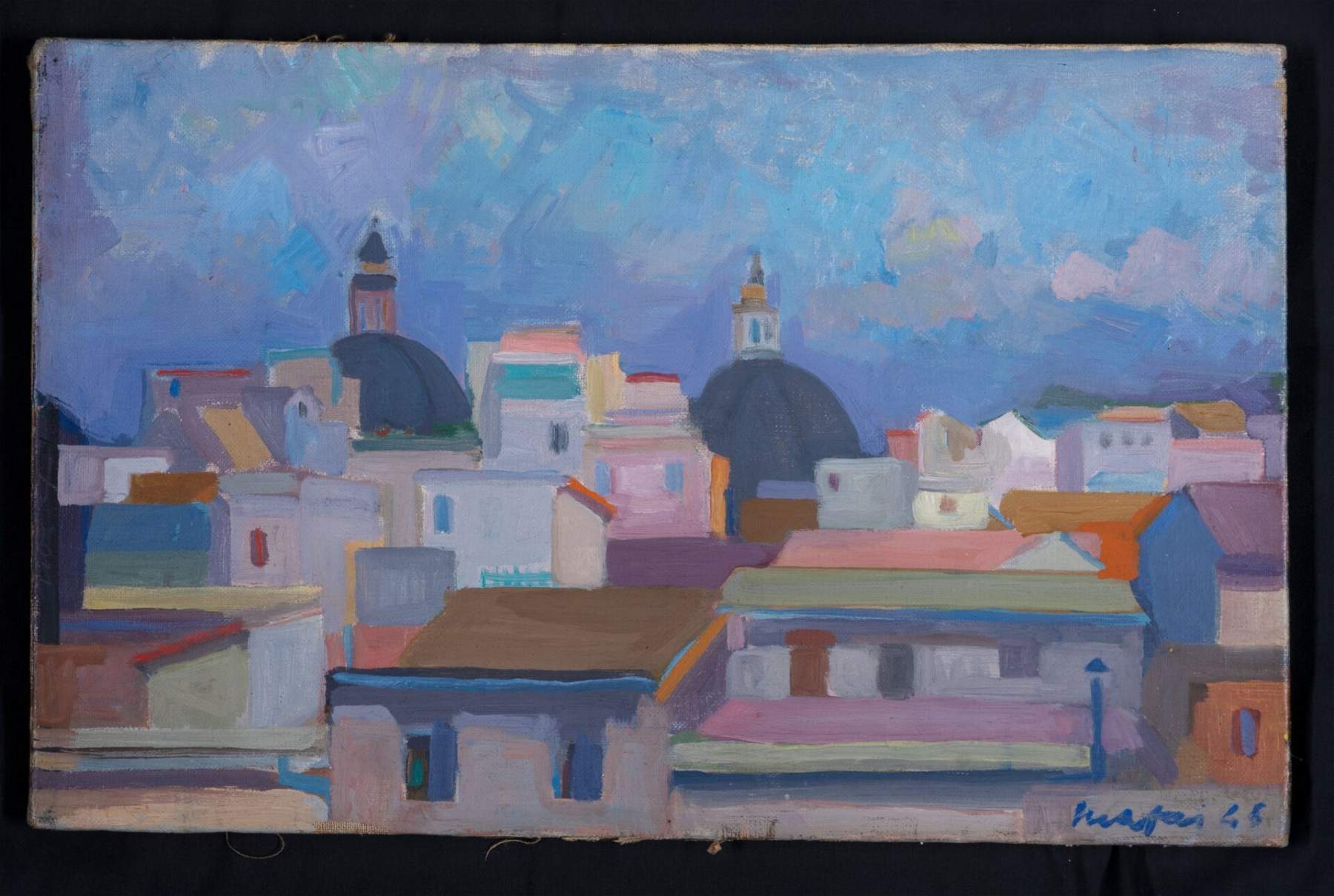Perugia, National Gallery of Umbria dedicates exhibition to Sandro Penna
The National Gallery of Umbria in Perugia, from October 6, 2023 to January 14, 2024, after the major exhibition dedicated to Perugino, is organizing another exhibition for one of the city’s most illustrious sons, one of the greatest poets of the twentieth century, Sandro Penna (Perugia, 1906 - Rome, 1977) one of the most sensitive and profound voices of the twentieth century, not only Italian, as evidenced by the numerous and continuous translations of his verses.
Entitled Un mare tutto fresco di colore. Sandro Penna and the Figurative Arts, the exhibition investigates Penna’s relationship with the art world, focusing on the tastes and trends prevalent on the cultural scene between the 1940s and the 1970s, of which the poet was an absolute protagonist, on a par with Pier Paolo Pasolini, Alberto Moravia and Elsa Morante, his friends and colleagues.
The exhibition, curated by Roberto Deidier, Tommaso Mozzati and Carla Scagliosi, presents 150 works by authors such as Pablo Picasso, Jean Cocteau, Alexander Calder, Leoncillo and others, including the artists with whom Sandro Penna established a close friendship and daily frequentation: from Filippo De Pisis to Mario Mafai, from Tano Festa to Mario Schifano, and Franco Angeli, that is, from the Roman school to the young people of Piazza del Popolo.
The exhibition, for the first time, will offer visitors the opportunity to admire a large, recently identified nucleus of works from the poet’s home on Via Mole de’ Fiorentini in Rome, where, in addition to hanging out with painters, sculptors, gallery owners and literati, Penna carried out his activities as an art dealer.
The itinerary is completed with a careful selection of autographs, diaries and letters, indispensable, along with first editions and audiovisual materials, to shed light on the writer’s passions through the learned dialogue between image and written word. It is precisely this dialogue, moreover, that has suggested to critical literature a parallel between his literary work and the craft of painting, commenting on the intimate, encrypted harmony woven by his verses with coeval plastic expressions.
In particular, literary critic Cesare Garboli was the first to point out how much Penna used to treat his poems “as if they were paintings.” And others, from Luciano Anceschi to Carlo Levi, from Dario Bellezza to Elio Pecora, have glimpsed the most varied echoes in his lyricism, from Matisse to Watteau, from Scipione to Rosai, passing, of course, through Perugino and his clear and evocative landscapes, full of air and blue.
Hours: Oct. 6 to 31, Mondays from noon to 6:30 p.m., Tuesdays to Sundays from 8:30 a.m. to 7:30 p.m. November 1 to January 14, 2024, closed Mondays, Tuesday to Sunday 8:30 a.m. to 7:30 p.m. Tickets: A visit to the exhibition is included in the museum entrance fee. Full € 10; reduced € 2 - 18-25 years; free under 18 years. Information: Tel. 075.58668436; gan-umb@cultura.gov.it; www.gallerianazionaledellumbria.it
Image: Mario Mafai, Dopopioggia (1945; oil on canvas; Sandro Penna Archive and Collection)
 |
| Perugia, National Gallery of Umbria dedicates exhibition to Sandro Penna |
Warning: the translation into English of the original Italian article was created using automatic tools. We undertake to review all articles, but we do not guarantee the total absence of inaccuracies in the translation due to the program. You can find the original by clicking on the ITA button. If you find any mistake,please contact us.




























